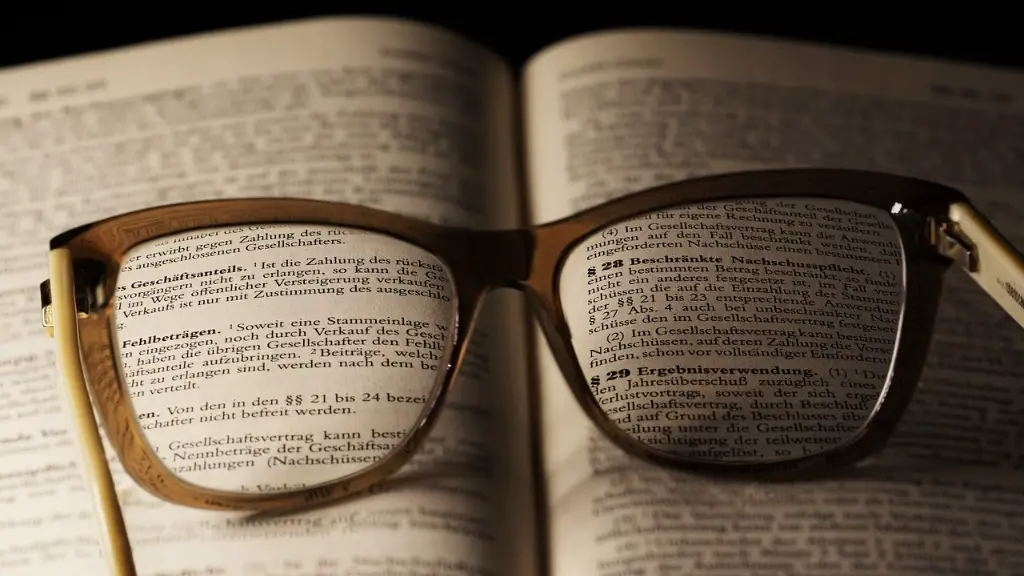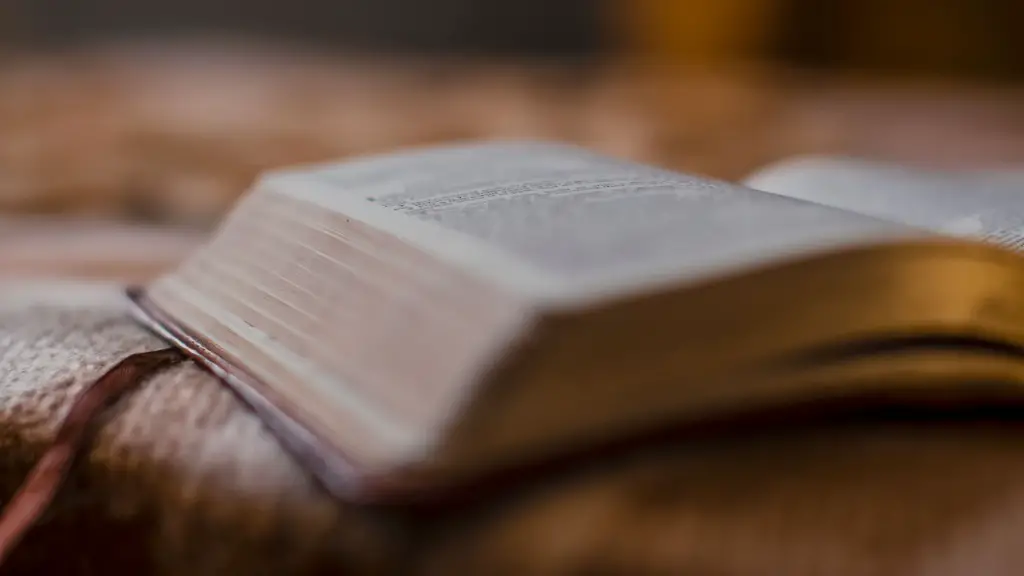How Do We Make Meaning Of Poetry?
For some, poetry can be a joyous expression of emotions and the beauty of language. Others, however, find it difficult to derive any meaning from it. There are various approaches to interpreting and understanding poetry. A basic understanding of the form that a poem takes is often the key to appreciating it.
The first step in analyzing a poem is to note its form. Poetry takes many different forms– sonnets, villanelles, free verse, haiku – each with their own distinct language and structure. The rhythmic sound of the words and the poetic devices used, such as alliteration, assonance, and rhyme, all contribute to the meaning of the poem. Close attention to the elements of form can assist in understanding the poem and its message.
In addition to form, the words chosen by the poet can help to unlock the meaning of a poem. Word choice can be used to create vivid images, evoking feelings of joy, sadness, or anger. Symbols and metaphors can be used to capture complex ideas or emotions. Identifying and understanding the imagery and figurative language used by the poet can help to better understand and interpret the poem.
Ultimately, however, the understanding of and reception of the poem rests with the reader. Poetry is subjective and open to multiple interpretations. How one perceives the poem, and the emotions it elicits, can greatly affect the meaning that one takes away from it. It is important that readers approach poems with an open, inquisitive mind, allowing the poem to speak to them, and foster within them a deeper understanding.
Poetry can also be seen as a form of creative self-expression, offering a glimpse into the creative process and the world view of its creator. Going beyond the words themselves and exploring the ideas, themes, and emotions behind the poem can help readers to develop a more intimate understanding of the poem. For example, exploring the biographical and historical context of a poem can help to elucidate its themes and ideas, and better appreciate the poem’s originality and ingenuity.
In all, making meaning of a poem requires a thoughtful analysis, carefully exploring the form and language, as well as its deeper emotional and intellectual implications. If taken with an open mind and heart, the experience of reading and interpreting poetry can be a profound and fulfilling one, allowing readers to be moved, challenged, and enriched.
Context
Context is a powerful tool for unlocking the meaning of a poem. Poems often draw from the culture and society that inspires them and clues about the context of a poem can inform our understanding of its deeper symbolism. This can mean looking at the historical and social context of the poem, such as a period of war or major cultural change, or exploring the life of the poet themselves. Biographical information can be crucial in understanding why and how the poem was written, as well as what underlying message was intended.
Poetic Devices
Poetic devices, such as metaphor and alliteration, can be powerful tools in understanding the meaning of a poem. These devices can draw attention to vital concepts or ideas within a poem, as well as add to its beauty and effectiveness. Metaphor can be used to transform something ordinary into something extraordinary, showing the importance of the idea or introducing a new layer of understanding. Likewise, alliteration can provide a powerful rhythm to a poem, creating an aural snapshot of the words being expressed.
Suggested Reception
In some cases, a poem might provide clues to the intended reception from the reader. This can mean providing the reader with specific instructions or framing the poem in a particular way. For instance, a poem might end on a rhetorical question intended to make the reader think, or might contain a moral message that offers a guide for how to live one’s life. Paying attention to subtle clues such as these can help to uncover the deeper message of a poem, and add another layer of understanding and appreciation.
Role Of Imagination
Imagination plays a significant role in understanding poetry. Reading a poem is like entering an alternate reality, giving us the chance to explore the world of the poet. The symbols, metaphors, and imagery that a poem contains can stimulate the imagination and elicit powerful emotions, providing deeper insight into the themes of the poem and the act of interpretation itself.
Reading Aloud
A great way to understand a poem is to read it aloud. This often helps readers to become more connected to the poem, allowing them to experience the meaning and message first-hand. Reading aloud a poem can unlock the power of its language, allowing the reader to experience its rhythm, rhyme, and other devices in their fullness, providing the reader with a greater understanding of the poet’s feelings and intentions.
Style
The style of the poem can contribute greatly to its meaning, producing a unique atmosphere and allowing for a range of interpretations. This can refer to the way the words are arranged, the use of colloquialism and dialect, or the length and complexity of the words chosen. Paying attention to the aesthetics of a poem can broaden the reader’s understanding of its themes, and deepen their appreciation of the poem’s beauty.


